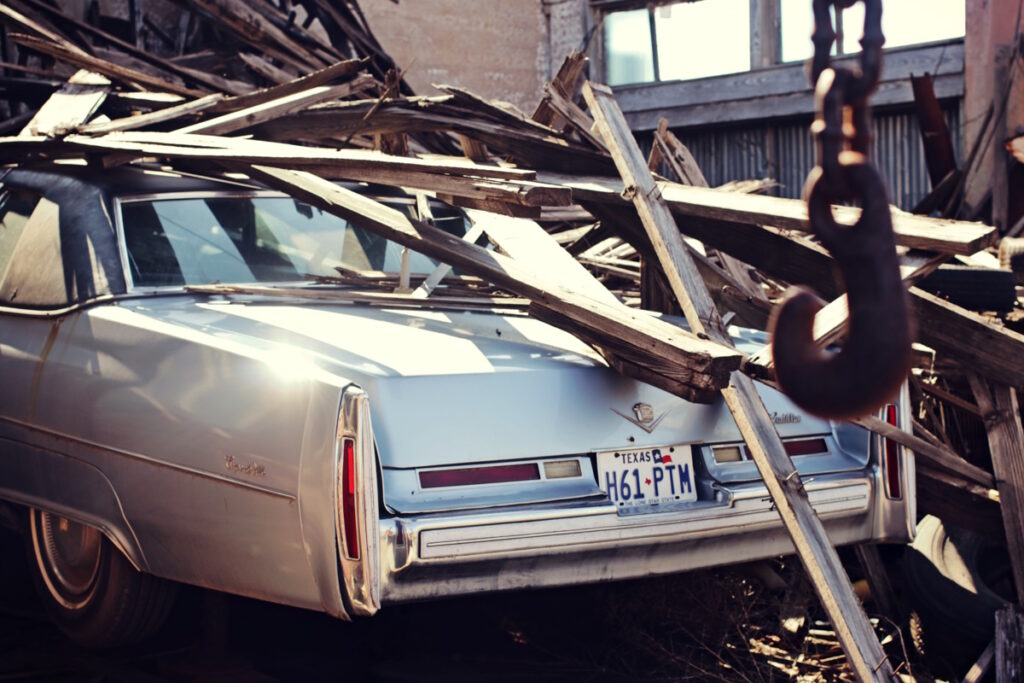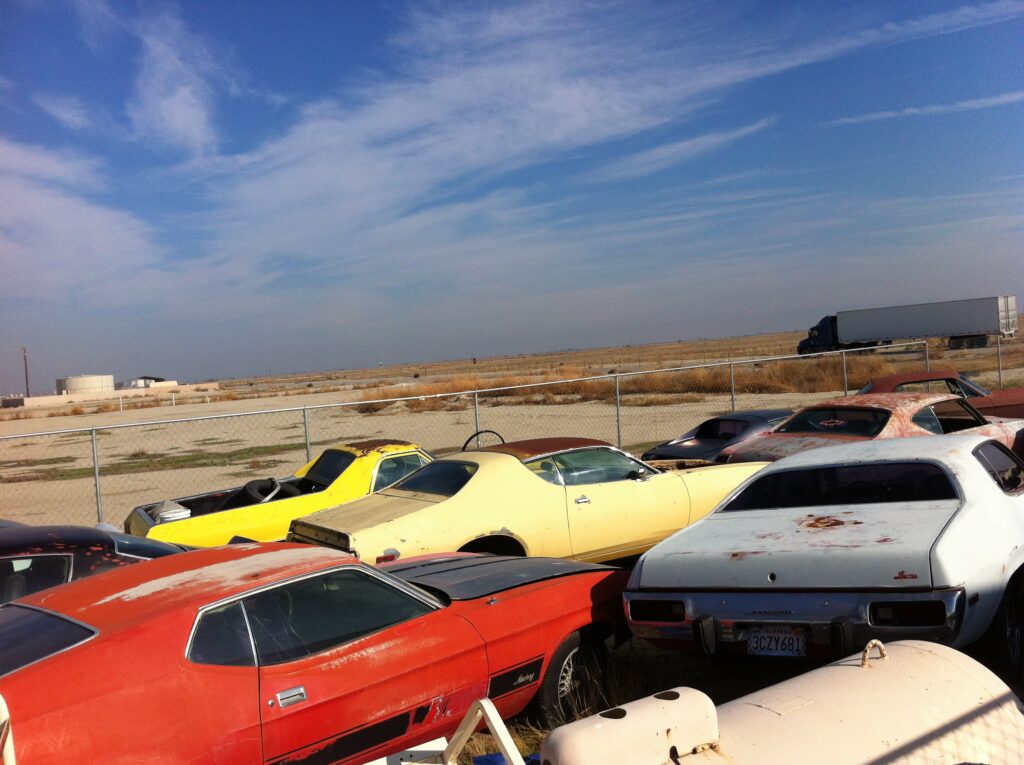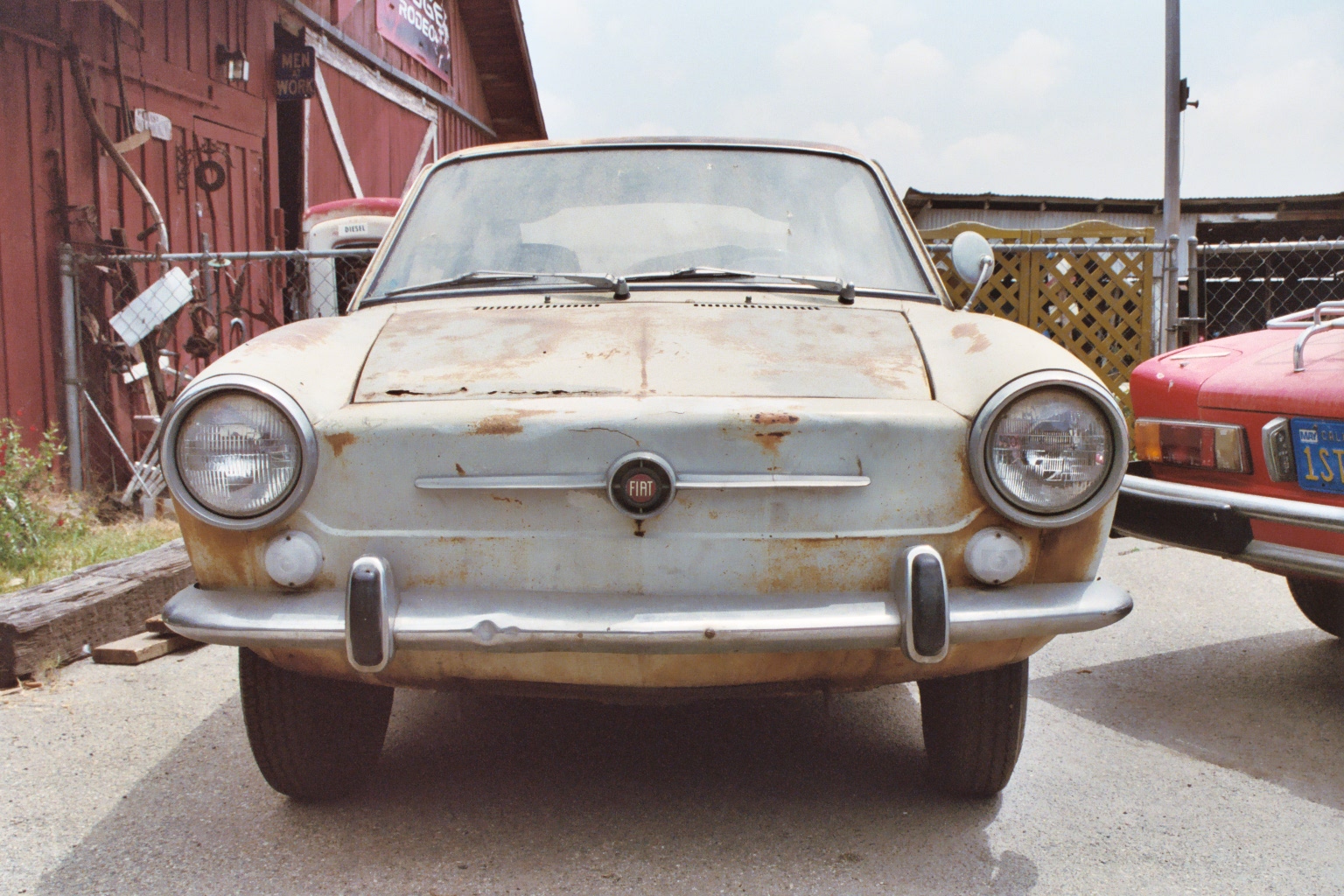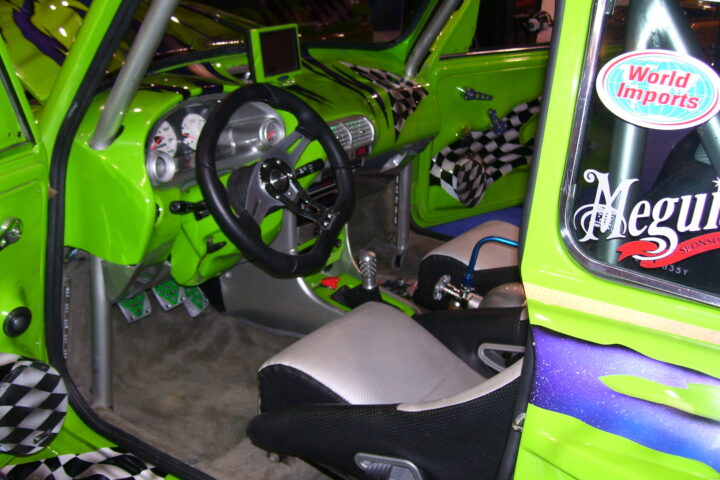The recently passed Car Allowance Rebate System (CARS), better known as the “Cash for Clunkers” program, has been the subject of heated debate among industry professionals. While the federal government touts it as a win for the environment and the economy, those in the automotive aftermarket, independent repair shops, and restoration circles have reason to question the real impact.

Who’s Really Cashing In?
The Cash for Clunkers program is designed to incentivize drivers to trade in older, less fuel-efficient vehicles in exchange for a rebate of up to $4,500 toward a new, more fuel-efficient car. However, an analysis by BB&T suggests that the majority of participants will be lower-income drivers, a group that traditionally does not invest heavily in aftermarket performance parts or vehicle restoration. This means that for the classic car industry and performance parts suppliers, the impact may be negligible—or could even create new opportunities.

The Mustang Factor: Why Classic and Performance Cars Are Safe
A key concern for many in the industry is whether this program will lead to a shortage of vehicles commonly restored or modified—like the Fox Body Mustang (1979-1993) or SN95 (1994-2004) platforms. The good news? Most Mustangs from this era still hold enough value that owners are more likely to sell them privately than scrap them for a $4,500 rebate. Even lower-tier models, such as the 2.3L four-cylinder Fox Body Mustangs, may not see widespread destruction due to their modest fuel economy gains when traded in.
Moreover, since qualifying for new-car financing remains difficult amid the ongoing credit crunch, many lower-income drivers who own these vehicles won’t be approved for the loans necessary to take advantage of the program. Even with a rebate, the jump from an 18-MPG car to a 30-MPG hybrid represents fuel savings of less than $50 per month—hardly enough to justify a new car payment of $500+ per month in a struggling economy.
California and Other High-Tax States: Where the Math Gets Worse
In states like California, the financial benefit of Cash for Clunkers is further diminished by high taxes and fees. With new sales tax hikes and registration costs climbing as high as 13% in some areas, much of the federal rebate will be wiped out before the buyer even drives off the lot. This adds another layer of deterrence for potential participants, keeping many of these older vehicles in circulation rather than heading to the scrap heap.

How the Aftermarket Can Adapt—and Even Benefit
For those still concerned about the Cash for Clunkers impact on their business, diversification is key. Expanding product offerings to include late-model performance parts or catering to emerging enthusiast markets—such as 1990s Japanese sports cars—can help offset any potential losses in the traditional muscle car segment. Additionally, with as many as 3,000 dealerships closing nationwide, independent repair shops and aftermarket parts suppliers have a major opportunity to position themselves as go-to alternatives for maintenance and repairs.
The Unanswered Questions: What Happens to These Vehicles with Cash for Clunkers?
One of the biggest unknowns surrounding Cash for Clunkers is what will happen to the trade-in vehicles. Will they be properly dismantled? Will usable parts be salvaged, or will they be crushed outright? If the latter, then the environmental impact could actually be negative—since destroying a functioning vehicle and manufacturing a new one comes with a significant carbon footprint. There is also the question of whether some of these vehicles will be exported to Mexico and Central America, where they will continue to be driven, ultimately increasing global emissions rather than reducing them.

The Bottom Line
Cash for Clunkers may create some short-term sales boosts for automakers, but for the aftermarket industry and enthusiasts, the impact is likely to be minimal—and in some cases, it may even open new doors. While the program is unlikely to lead to the mass disappearance of sought-after vehicles, it does highlight the importance of adaptability in a changing automotive landscape. Whether this program truly benefits consumers, the environment, or the industry remains to be seen, but one thing is certain: those in the aftermarket world should be prepared to pivot and seize new opportunities as they arise.




















